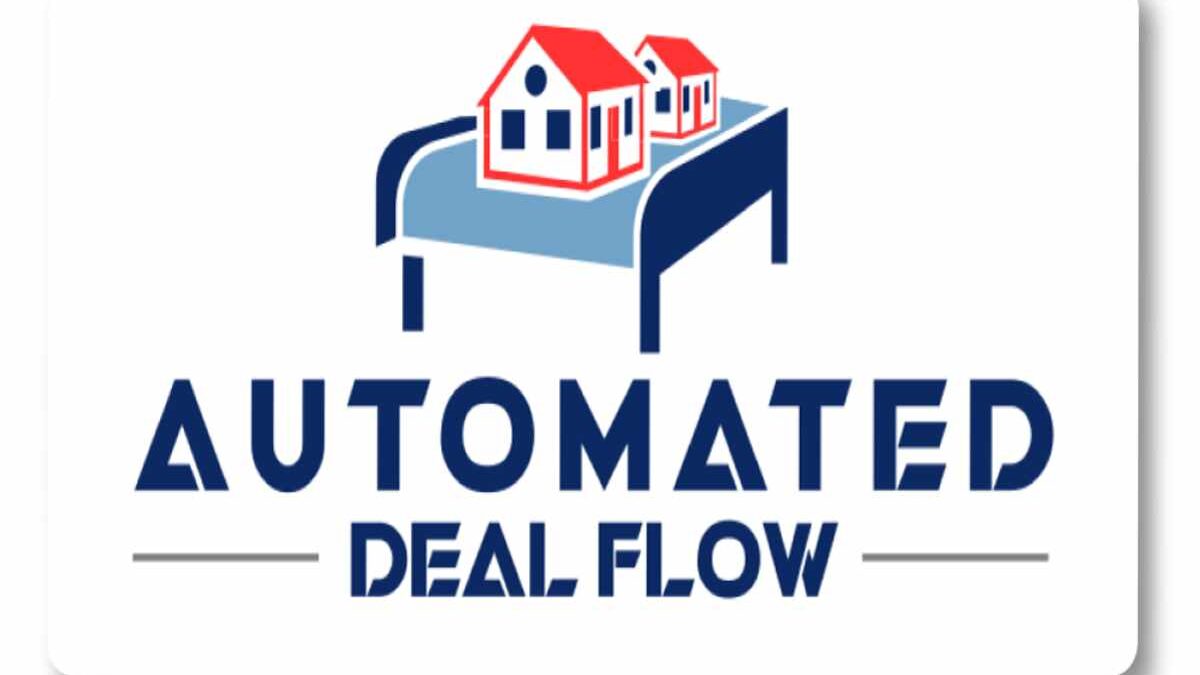Deal Flow Automation
Deal flow represents the series of potential investment opportunities that investors evaluate in hopes of striking gold. It’s a critical element in the investment world, dictating the rhythm at which deals are discovered, analyzed, and acted upon.
However, the traditional approach to managing these opportunities is often manual, tedious, and prone to human error, leading to inefficiencies that can cost investors dearly. According to PWC, there was a 30% decline in PE-related deal volumes from Q1 2022 to Q1 2023. This exemplifies the challenging investment landscape.
Automation promises a streamlined, more reliable, and swifter process, empowering investors to optimize their deal flow management. By integrating software solutions, the investment pipeline process undergoes a transformation that elevates the speed and quality of decision-making, ultimately enhancing the potential for greater returns on investment.
Table of Contents
Understanding the Investment Pipeline Process
The investment pipeline, from sourcing deals to executing them, is a multi-layered process fraught with potential pitfalls. Traditional manual handling can lead to inconsistencies, with valuable deals slipping through due to oversight or slow response times. In such a high-stakes environment, these errors are not just costly; they could mean the difference between capitalizing on a market opportunity or missing out completely.
The Rise of Deal Flow Automation Software
To address these challenges, deal flow management software has emerged as a pivotal tool in the investor’s arsenal. Far from a simple new gadget, this technology represents a fundamental shift in the investment management paradigm.
By taking over the repetitive tasks that often bog down the deal-making process, these software solutions free up investors to focus on the strategic aspects of deal-making. They enable more informed decision-making, mitigate risks associated with human error, and help identify the most promising opportunities with greater speed and precision.
Benefits of Automating Deal Flow
Automation bestows numerous advantages, notably time savings. Investors reclaim hours previously lost to data entry and report generation, repurposing them for deeper analysis and strategy development.
Furthermore, automation ensures a level of accuracy and consistency that manual processes can’t guarantee, reducing the risk of oversight. With advanced data analysis tools at their disposal, investors gain insights that might otherwise be missed. Additionally, enhanced communication tools improve relations with clients, providing them with timely updates and reports.
Core Functions Automated by Software Solutions
Software solutions elegantly manage the heavy lifting across the entire deal flow process. During the sourcing phase, they efficiently gather and sort potential deals. When screening and evaluating opportunities, they provide detailed analytics, helping quickly identify the most viable options.
The due diligence phase is streamlined with automated checklists and document management systems. Once a deal is in play, the software monitors progress and manages the myriad of details, and even after closing, it helps with tracking the investment’s performance over time.
Integration With Other Systems
A powerful aspect of deal flow automation software is its ability to integrate with existing systems such as CRMs, financial software, and data management platforms. This creates a seamless flow of information across all facets of an investment firm’s operations. Additionally, the use of collaborative tools ensures that all team members stay in sync, regardless of their physical location.
Choosing the Right Deal Flow Automation Software
Selecting the appropriate deal flow automation software requires a clear understanding of the firm’s unique needs. The key lies in finding a solution that not only offers customization to fit specific workflows but also provides robust security and an intuitive user experience. Equally important is choosing a vendor that offers strong support and training, ensuring that the firm can leverage the software to its full potential.
Implementing Deal Flow Automation in Your Firm
The implementation of automation should be methodical and well-planned. A firm must consider how the new system will dovetail with existing processes and prepare its team for the change. Embracing new technology involves skillfully managing both personnel and data; the smoothness of this transition frequently determines the outcome’s success. Effective use of technology is reflected in strategic time management and resource allocation, measurable through well-chosen key performance indicators (KPIs).
The Future of Deal Flow Automation
Deal flow automation is not static; it’s an evolving field with continuous improvements and innovations. As technology advances, we can expect to see even more sophisticated analytical tools and predictive models become part of these software solutions. For investment firms, staying ahead means not just adopting current technologies but also being adaptable to future changes.
Final Thoughts
The integration of deal flow automation into the investment pipeline process marks a significant leap forward in how firms handle investments. By automating routine tasks, firms can focus on the higher-level strategies that truly drive success. In the competitive arena of investment, deal flow automation is no longer just an advantage; it’s a necessity for those looking to excel.

